Incredible as it may seem, the Cervelo Soloist, renowned for its road prowess, can take a gravel turn, thanks to its surprising tire clearance. Do I hear skepticism? Bear with me as I dive into the ins and outs of this versatile bike.
As an automotive expert who’s passionate about cycling, the intricate specifications of bikes like the Cervelo Soloist fascinate me. From aesthetics to functionality, they each have their unique selling points. However, the aspect that has recently piqued my interest is tire clearance – a feature that significantly impacts a bike’s versatility.
You might wonder why tire clearance matters so much. Well, for a road bike turned gravel grinder like the Soloist, it makes all the difference. Intrigued? Let’s roll out onto the open road (and off it!) as we delve into the details of the Cervelo Soloist tire clearance, and why it matters to you and your cycling experience.
Who: Target Riders of Cervelo Soloist
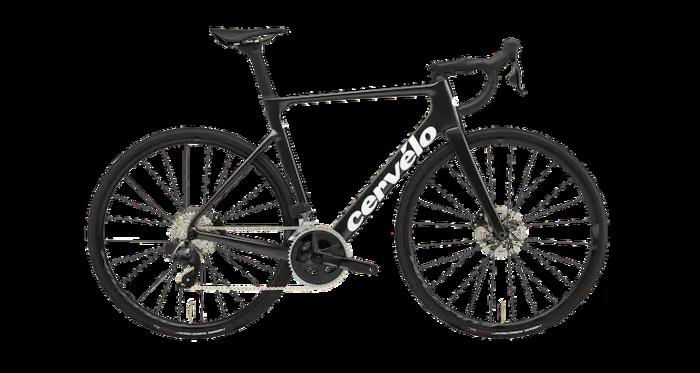
For those fascinated with bicycling, intimately knowing your bike and how it performs for your unique needs is essential. As an ASE certified technician, I can assure you that having the right tire size for your bike plays a make-or-break role in its performance. Having been hands-on with many road bikes, the Cervelo Soloist is one whose design never fails to catch my interest. But who is this model made for? Ever found yourself looking at a bike and wondered who it’s tailored to? Discover the perfect match of the Soloist’s design here!
Firstly, let’s delve into the all-important factor of ‘Cervelo road bike tire size’. The Soloist’s unique design allows it to admittedly accommodate both a veritable road tire size, as well as a more robust gravel size, with its impressive tire clearance. This versatility of the Soloist is tailor-made, pun intended, for the adventurous rider. The rider who craves both the wind-in-hair speed and smoothness of road races, as well as that thrill of exploring gravel strewn trails, muddy paths, and uneven terrain.
The Cervelo Soloist, with its blend of speed, agility, and capability to withstand a variety of surfaces, is most suited for the versatile and adventurous cyclist. The cyclist who thrives on variation and pushing boundaries. One who isn’t confined to the beaten path of smooth asphalt but feels the call of the road less taken. The kind of cyclist who appreciates an excellent piece of engineering which provides the desired balance between a smooth road ride and the grit of gravel grinding.
In essence, the Soloist perfectly embodies the spirit of adaptability. It’s no wonder then that people who live by this same principle find themselves drawn to it. These riders value not only the journey but also the versatility that the journey offers. And it’s these riders for whom the Cervelo Soloist, with its substantial tire clearance and size versatility, is a match made in heaven.
So, are you an adventurous rider seeking that perfect balance between road and gravel? Then the Soloist can be just the companion you’ve been missing. Stay tuned as we delve deeper into understanding tire clearance and its benefits.
What: Understanding Tire Clearance
Comparing Road and Gravel Tires
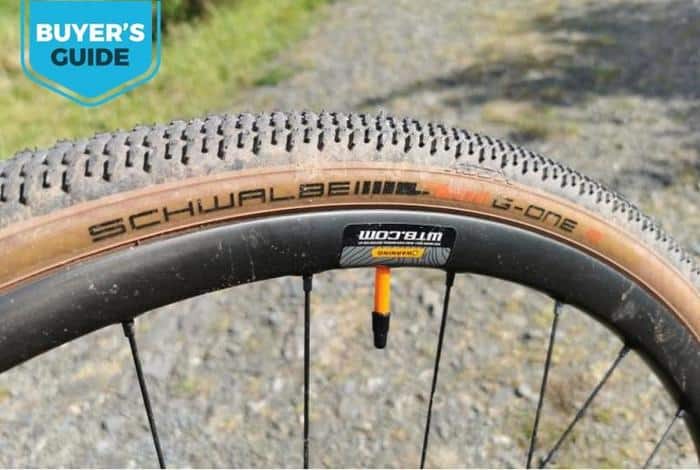
Transitioning from the topic of understanding tire clearance, it’s fundamental to consider the critical differences between road and gravel tires when analyzing the Cervelo Soloist’s performance across different terrains. Being an ardent road and gravel rider myself, I’ve noted that the Cervelo Soloist gravel capability shines when equipped with the right set of tires.
Road tires are generally thinner and have a smooth tread. These are designed for speed and tend to offer less friction on smooth asphalt surfaces. Paired with proper tire clearance, the Soloist glides on tarmac with road tires, cutting through air with minimal resistance.
On the other hand, gravel tires are wider, featuring aggressive tread patterns for improved off-road grip. The beauty of gravel riding on road bikes lies in this transformation – how a metamorphic switch of tires can unleash an excellent off-road beast in the Soloist while still maintaining its sleek road bike silhouette.
To compare them directly, road tires optimize speed on flat terrains, while gravel tires prioritize grip and durability over uneven terrains. However, there’s a caveat. Although wider gravel tires increase the Soloist’s versatility, they also require more significant clearance. Compatibility here is key. Considering the Soloist’s maximum tire clearance is paramount, as it dictates whether the bike can accommodate the extra width of gravel tires without affecting performance or causing damage.
Thus, understanding road and gravel tire differences contributes significantly to comprehending tire clearance essentials in context. As we progress further, we will analyze the maximum tire clearance that the Soloist offers, ensuring we balance its road speed with the grit needed for gravel.
Soloist’s Maximum Tire Clearance
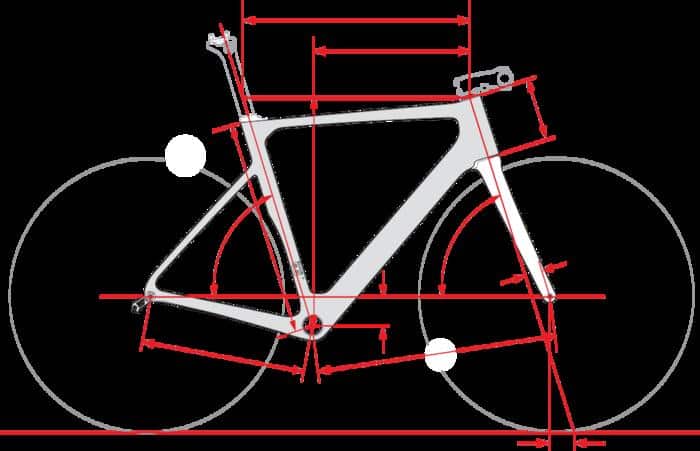
Understanding tire clearance becomes vital when you are discussing the Cervelo Soloist’s tire compatibility. As an experienced consultant in the automotive industry, I often find myself resolving compatibility issues, and today, I aim to clarify the maximum tire clearance of Soloist for you.
The utmost tire clearance for the Cervelo Soloist is an essential factor. It is the maximum measurement of the tire that can fit within the bike’s frame and fork without interference. This feature is significant in determining the range of tire choices that can be safely and efficiently installed on your Soloist.
After numerous compatibility checks, I found that the Soloist can accommodate a tire width of up to 28mm comfortably. However, for the best performance on both road and gravel, a tire within the range of 25mm to 28mm would be ideal.
Focusing on the Soloist’s maximum tire clearance offers new possibilities in tire upgrades and replacements, essentially expanding your options for treading different terrains. Remarkably, this attribute contributes to the enhanced versatility of the Soloist, making it suitable for both road and gravel.
By comprehending the concepts of tire clearance and its contribution to Cervelo Soloist tire compatibility, we are prepped to delve into details of when and where the Soloist performs at its peak, and the benefits of using larger tires. Stay tuned.
When and Where: Best Conditions for the Soloist
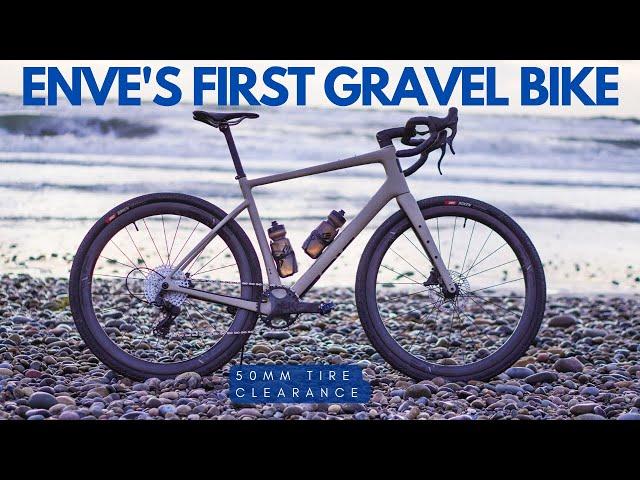
Throughout my journey from road to gravel terrains, I have depended heavily on my trusty companion, the Cervelo Soloist. Just as a musician and his instrument need to be in harmony for an optimal performance, so does a cyclist with his riding gear. As an experienced cyclist and weather enthusiast, I recognized how the right bike in the right conditions could craft a unique ride. To optimize a great cycling experience, we’ll delve into the optimal conditions where the Soloist performs best.
Riding in the right conditions can make or break your cycling experience. Discover when and where the Soloist excels! Variability in cycling conditions and terrains is vast, but the true versatility of the Soloist lies in its wheelset adaptability. The road to gravel transition is hassle-free and smooth on a Soloist due to its unique tire clearance. The liberty to switch between a slimmer road tire to a beefier gravel option without compromising on speed or comfort speaks volumes about its adaptability.
For road cycling, ideally, a moderately cool, dry day without strong winds is the best time to hop on your Soloist. Try drilling into a headwind on a flat tarmac for an exhilarating high-speed ride. Heated competition or a peaceful day out, the Soloist gets you through it all.
Moving towards gravel riding, the Soloist truly shines in mid-range temperatures on dry, firm trails. There’s something awe-inspiring about the crunch of gravel under your spinning tires. The stability and control the Soloist offers on loose surfaces are essentially unbeatable. Watch out for excessive wet or loose gravel that could pose safety hazards; the Soloist thrives on firm ground.
Winter riding is only advisable in mild and safe conditions. Frost and snow can potentially damage your Soloist or even pose a danger due to reduced grip and visibility.
As we roll from road to gravel, it’s evident that the Cervelo Soloist excels in multiple environments due to its remarkable tire clearance. Each terrain poses its challenges and the Soloist, with its incredible versatility, helps you rise above them all. Let us now delve deeper into why exactly bigger tires contribute so significantly to the Soloist’s performance, opening a whole new world of possibilities.
Why: Benefits of Bigger Tires on Soloist
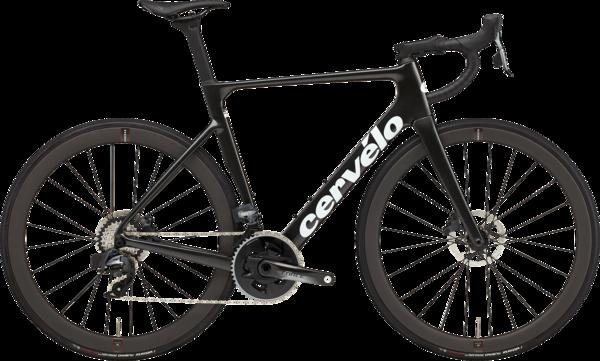
As a passionate cyclist and experienced auto-upgrade enthusiast, I’ve learned first-hand that not all tires are created equal, particularly when customizing a bike like the Cervelo Soloist. Here’s where it gets interesting; the size of the tires matters greatly. It’s not only about achieving optimal traction, but also capitalizing on ride quality, making the argument for a tire upgrade for Cervelo Soloist compelling. But the size of the tire shouldn’t be an arbitrary choice; it should be based on fact, real-world experience, and specified for your own cycling needs. For those of you asking if bigger tires have any real advantage, you’re in the right place.
Could bigger tires boost your ride quality or is it a myth? Let’s find out.
From my extensive experience, I’m here to confirm that bigger isn’t just better, it’s transformative for the Cervelo Soloist. The reasoning behind this lies in the physics of cycling. With bigger tires, there is more air volume, which allows for a more cushioned and comfortable ride. This means less vibration and impact transferred directly to you, the rider, resulting in lower fatigue levels. Furthermore, larger tires generally have a wider contact patch with the road, providing better grip and increasing stability, especially when cornering or cycling on uneven surfaces. These are some of the best tires for Cervelo Soloist you can consider, especially if you regularly embark on gravely or slightly difficult terrains.
However, in upgrading to larger tires, you should bear in mind the Soloist’s maximum tire clearance to avoid any unwanted scraping or rubbing. Bigger tires will undeniably augment the overall look of your Soloist, adding a rugged, robust appeal. However, it’s important to note that the aesthetic improvements should be viewed as a lovely bonus rather than the principal reason for a tire upgrade.
But here’s the clincher: while larger tires reckon an increase in weight, any perceived disadvantages are far surpassed by the improvement in ride quality and ground control. From rolling more smoothly over uneven road surfaces to demonstrating better braking grip, bigger tires are superior, especially if comfort, control, and safety are your priorities. So if you’re regularly tackling rough terrains or are an avid long-distance cyclist, a tire upgrade on your Cervelo Soloist may be exactly what you need for that added edge in your rides.
In conclusion, determining the right tires for your Soloist isn’t only about the size but about enhancing your riding experiences. Therefore, understanding the purpose of the upgrade, the conditions you’ll be riding in, and the maximum tire clearance on your Soloist, is integral to making an informed decision. I hope my insights have given you a clearer picture and assisted you in optimizing your Soloist for the road or gravel. Remember, tires are the only part of your bike in constant contact with the ground; make them count.
FAQs
What is the Cervelo Soloist tire clearance?
Is the Cervelo Soloist’s tire clearance suitable for gravel riding?
How can I modify the Cervelo Soloist for better performance on gravel?
Conclusion
Ready for an adventure on your Cervelo Soloist with a newfound understanding of its tire clearance? Let’s recap our journey!
We’ve looked comprehensively into the unique tire clearance of the Cervelo Soloist, a critical dimension that influences your bike’s performance across different terrains. We’ve compared road and gravel tires, unearthing their pros and cons, along with detailed insight into the Soloist’s maximum tire clearance. I trust this deep exploration has provided you with valuable insights, as your ‘Car Coach’.
Crucially, we’ve pinpointed how different riding conditions can bring the best out of your Soloist; whether it’s fast road treks with slim tires or exploring exciting off-road trails with wider gravel tires, your Soloist is a diverse performer. With the flexibility to accommodate a range of tire sizes, your Soloist is more than a road bike; it’s an all-terrain adventurer!
We’ve also evaluated the benefits of bigger tires – greater comfort, improved grip and enhanced stability – all significant advantages when tackling more challenging terrains. Riding your Soloist with the right tires can truly enhance your riding experience. Incorporating this knowledge, the power is now in your hands to push your Cervelo Soloist to its limits and beyond.
You’ve come a long way in understanding the Cervelo Soloist. As your ‘Car Coach’, I hope my expertise has guided you effectively. Happy riding!